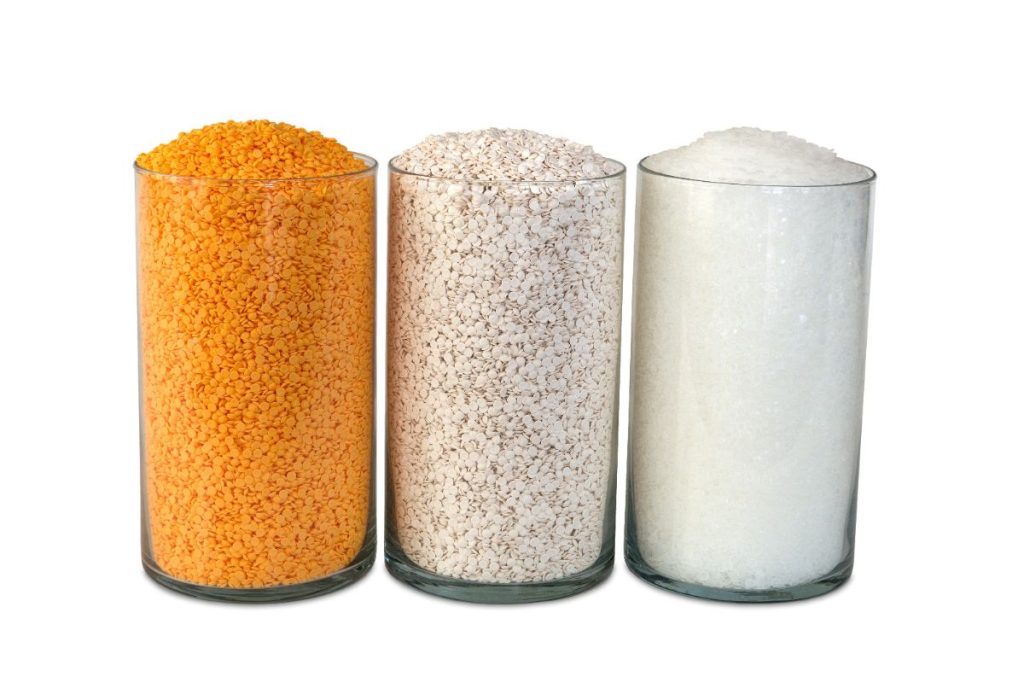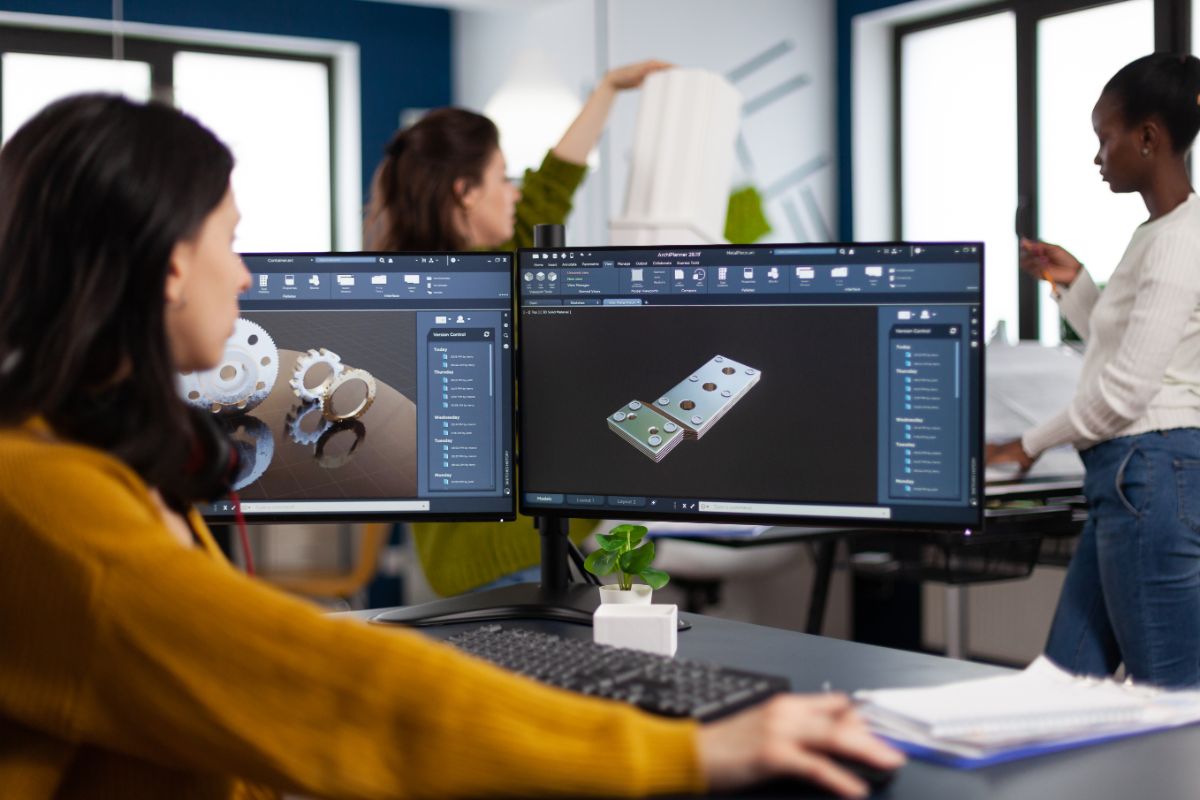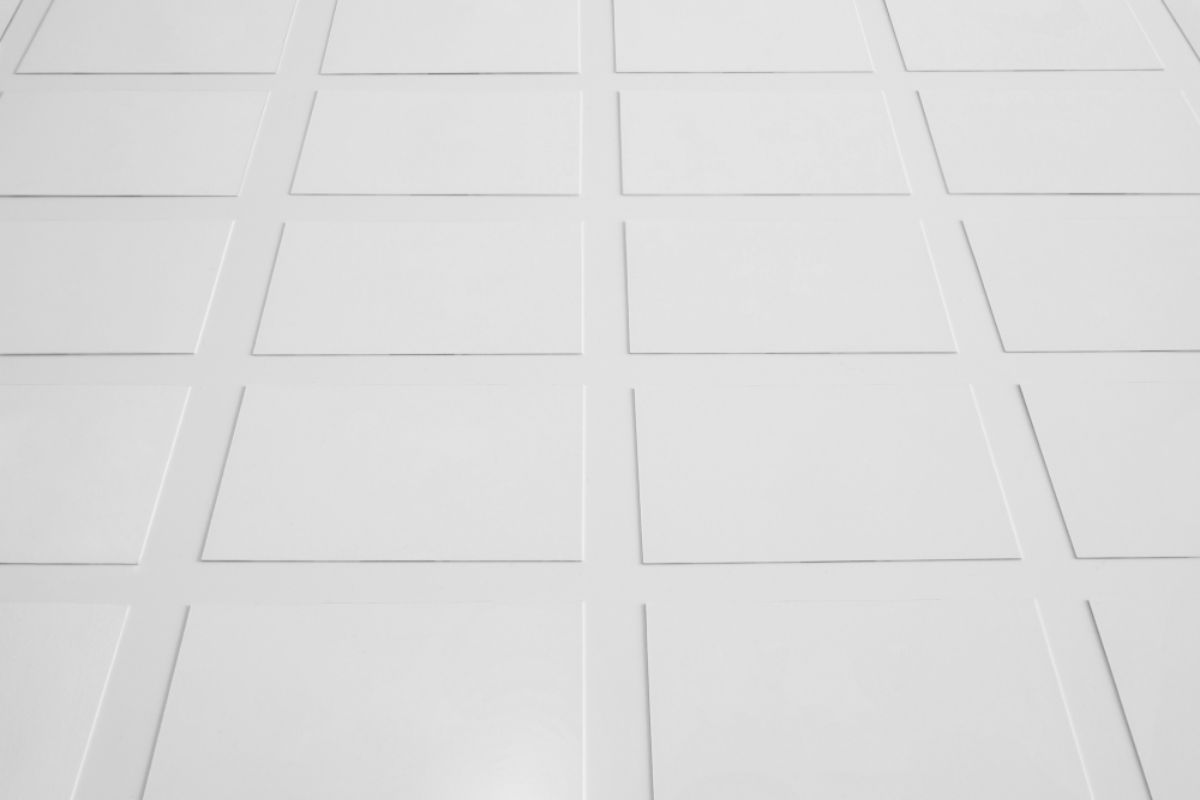What are common mistakes when designing large plastic parts?
- Poorly-converted CAD files
- Using non-uniform wall thickness
- Presence of parting lines in the wrong location
- Adding sharp corners
- Not eliminating undercuts when possible
- Bypassing the prototype phase
Designing for injection molding may seem simple at first. After all, all there is to it is making sure enough liquid plastic resin is compressed into your mold, right? The truth is that there is a lot more to designing your plastic parts — especially when you plan on making large products.
There are a lot of potential pitfalls you can fall into if you fail to design with manufacturability in mind. To help you avoid these challenges, here are the most common mistakes in designing large plastic parts:
Poorly-converted CAD files
When designing any kind of plastic part or product, you have to start from scratch, which is where your CAD files come in.
These files will dictate every step of your production cycle, all the way to when your large plastic parts come out of the injection molding machine. Thus, it’s important that not only are your CAD files detailed — but also readable by your injection molding partners.
This means you cannot just take any 3D printing file and convert it into a CAD File. Doing so will mess up how your CAD file is read by their system. For example, triangles in your design may end up being interpreted as a series of curves instead.
So be sure to start your design by using the right file type — it’s easiest to start with CAD files, of course. Your injection molding partner should be able to help you use this software to design your large plastic parts.
Using non-uniform wall thickness
While designing your large plastic parts, be sure to stick with a uniform wall thickness as much as possible.
If the walls are not the same thickness, then this will cause unexpected part properties while the part is cooling in the mold. Thinner sections will cool first, while thicker sections take longer and will inevitably shrink. This increases the stress between thin and thick walls and can cause cracking or warping.
This particular problem is more prominent in large plastic parts, as they are more likely to yield, twist, and crack than smaller plastic parts.
If your design and intended application make it impossible to use uniform thickness, then the variations should be as small and as gradual as possible. Methods like coring or adding inserts and gussets can be implemented by your injection molding partner to reduce the amount of stress between thinner and thicker sections.
Presence of parting lines in the wrong location
A parting line is a small indent on the surface of a plastic part. This is a dividing line created between the core and mold. Its placement affects the cosmetic appearance of your plastic part. And, because their surface area is much bigger, the wrong placement of your parting line is more evident on large plastic products.
Aside from aesthetic appeal, wrong placement can also create structural defects in your large plastic part. This includes flash, wherein molten resin leaks out of the parting line.
So, parting lines should be carefully placed along the edges of your part. This allows it to be less visible and reduces any aesthetic or structural defects.
Adding sharp corners
Any sharp corner that you add to your design can greatly increase the stress concentration on that part of your large plastic product. If there is too much stress built up on one side because of one too many sharp corners, then it could cause part failure.
As we mentioned earlier, stress concentration is a more prominent problem when the plastic part in question is large. So, if your design calls for a sharp corner, then we recommend supplementing it with an insert or strengthening rib to reduce stress concentration.
Or, you could try changing the radii of the sharp corners to prevent a buildup of stress. It is generally recommended that the inside radius of a corner should be at least equal to 0.5 times the material thickness and the outside radius is 1.5 times the material thickness.
Not eliminating undercuts when possible
Undercuts are any protrusions or recessed portions of a plastic product. These make it hard for the part to be ejected from a mold — which can lead to snapping or cosmetic defects. Because large plastic parts are so big, they are already tricky to remove from the mold as it is. With undercuts, this becomes even more difficult to do without damaging the large plastic part.
Injection-molded parts are much easier to produce if the design is free of undercuts, so all efforts should be made to eliminate them from the design. If your design requires them, then workarounds like side-actions or bump-offs are an option, but it does make production more time- and money-consuming.
Bypassing the prototype phase
Prototyping might seem like an inconsequential, skippable part of the injection molding process — but it’s one of the most important steps there is.
Injection molders need to use a prototyping step not only to test different resins for your design but also to test your design itself. During this step, they can root out all potential problems and defects in your current design and test possible solutions. And, prototyping allows injection molders to adjust gate locations as needed, which helps in designing the final version of your tooling.
All in all, this process is crucial to reaching the best possible version of your large plastic product. Skipping this step can lead to production disruptions, longer fabrication time, and loss of money.
Key Takeaway
Producing big plastic products isn’t easy — but knowing the common mistakes in designing large plastic parts can help you avoid costly complications as your design develops.
Need help making your plastic products? Contact Richfields today. With years of working with a variety of industries worldwide under our belt, we have the capabilities and know-how to meet any project needs. Send us a message today to learn more about our services, or get a quote for your next injection molding project!












